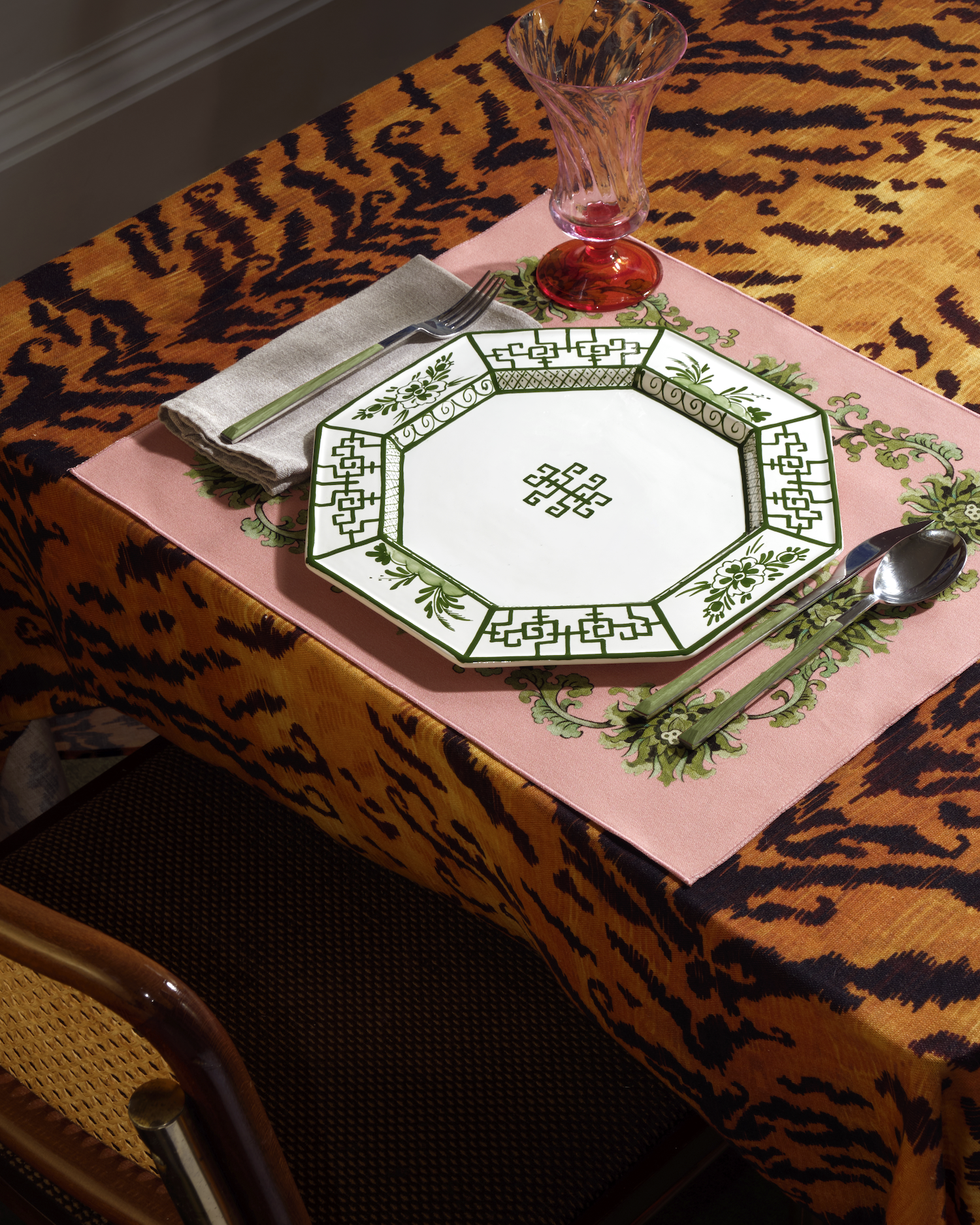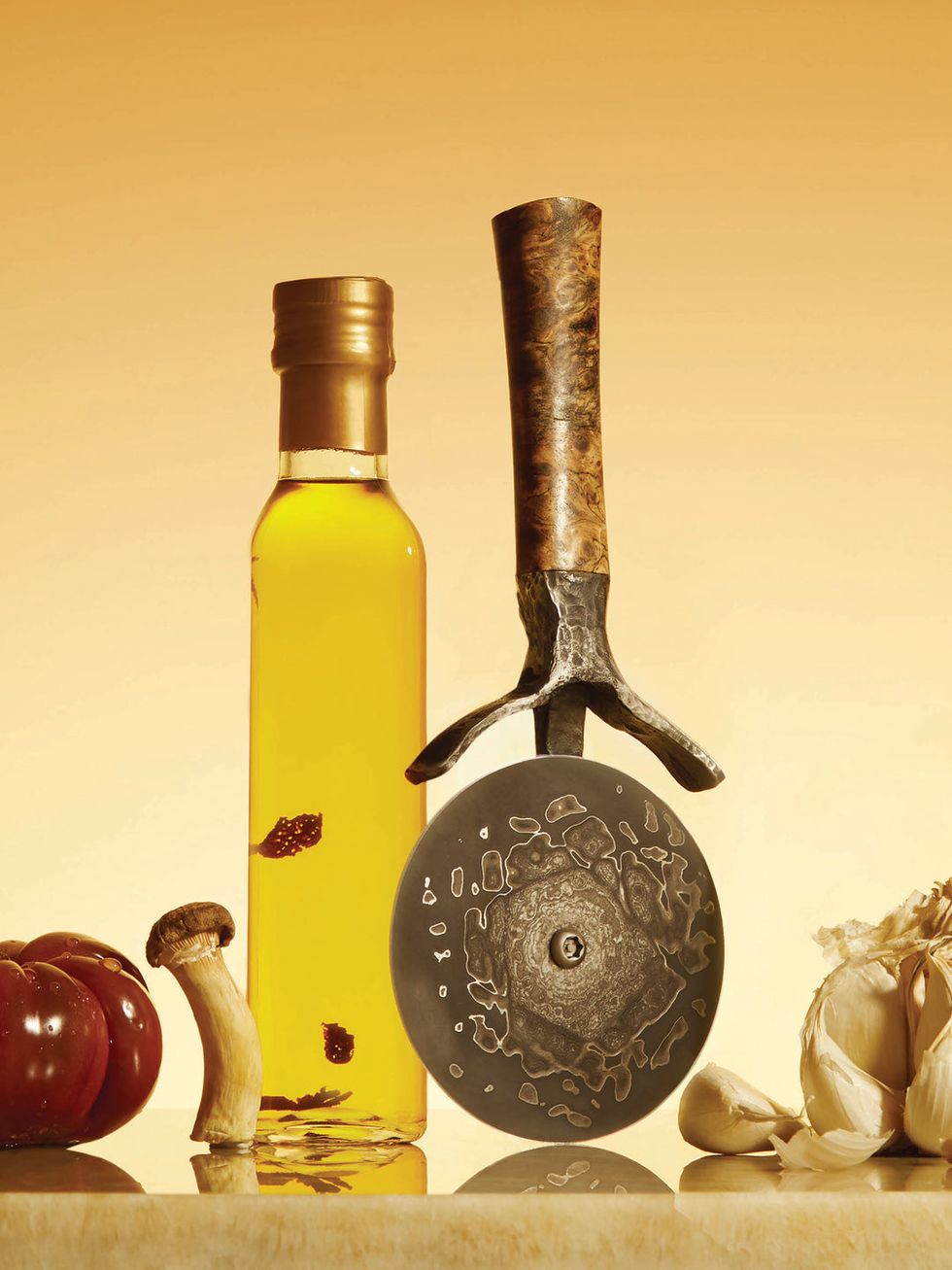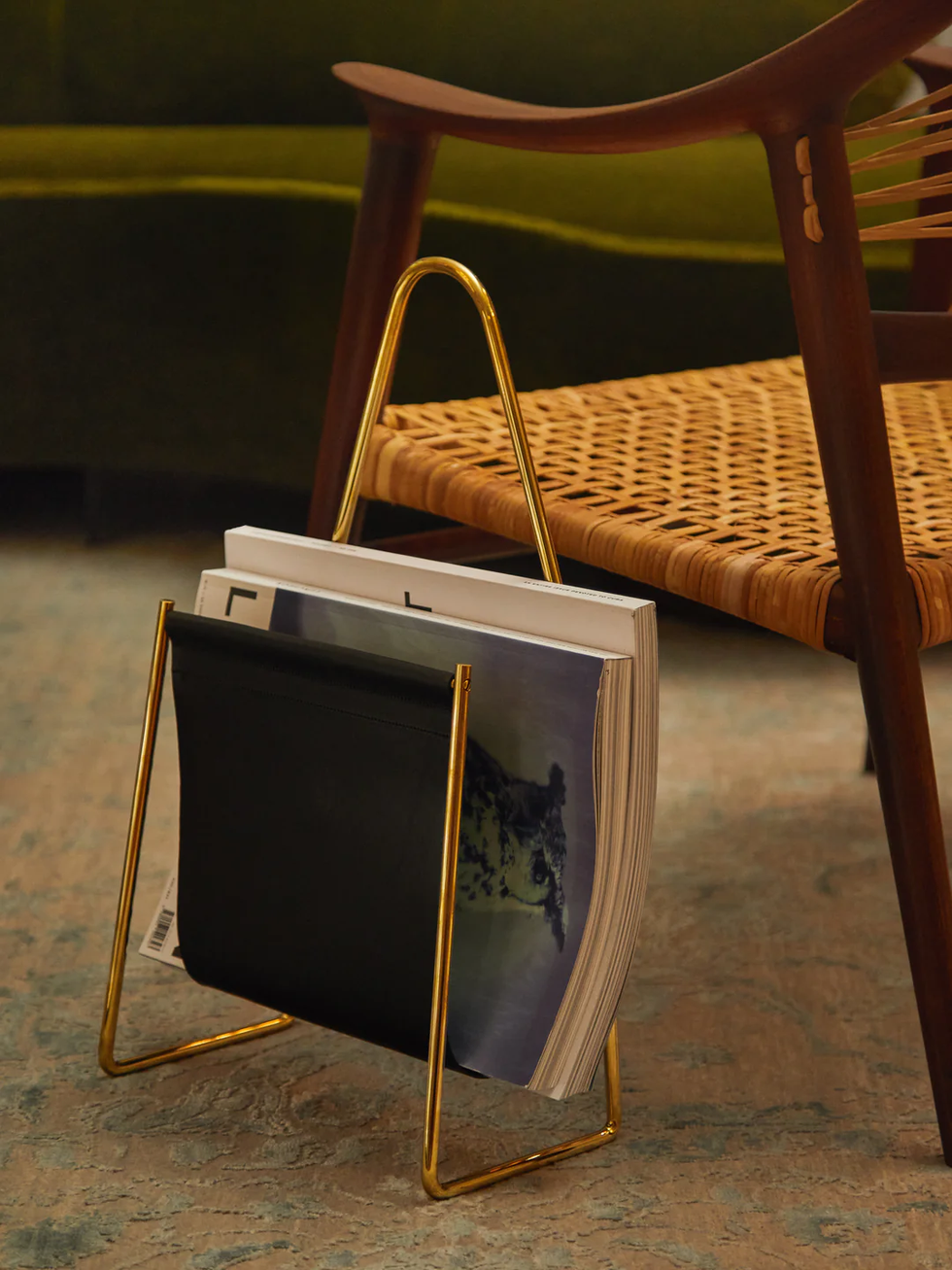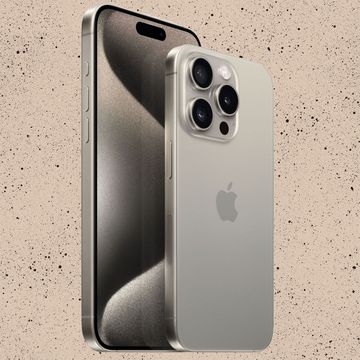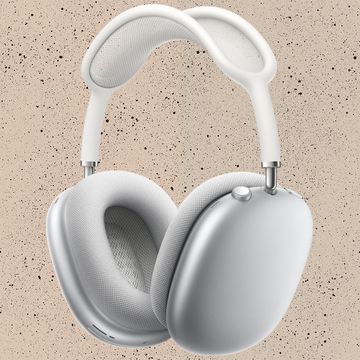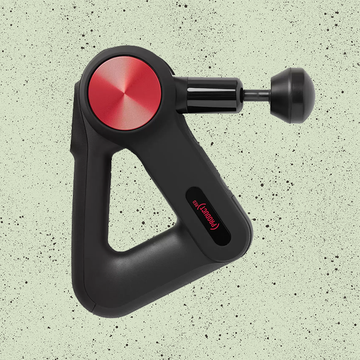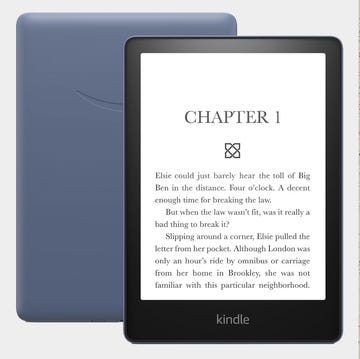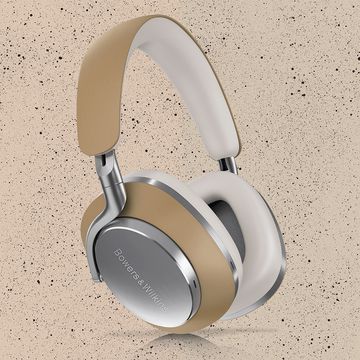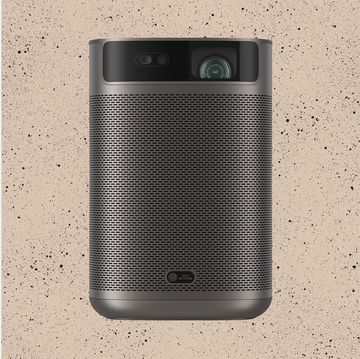In a private members’ club in London’s Knightsbridge, Nicolas Pickaerts is showing me something made from burl wood and Damascus steel. The nine-inch object has been handmade in Wiltshire, by the chef and farmer Ben Bodman, formerly of the triple-Michelin-starred restaurant L’Enclume.
It is quite something: the surface has been hand-etched with a kind of swirling abstract pattern that suggests something both ancient and of scientific function. The handle feels so good in your hand you don’t want to put it down.
It is a pizza wheel. A pizza wheel that Pickaerts’ company sells for £980.
Who would buy such an item? The answer is potentially any of the million monthly customers who browse Abask, the online “unique and collectable objects” shop founded by Pickaerts and Tom Chapman, his former colleague at Matches, the luxury-goods site that did for high-end clothing what Abask is now attempting to accomplish for premium homeware.
To do this, Abask has amassed a mind-boggling selection of incredible and, for the most part, incredibly expensive items sourced from allover the world. Perhaps Sir is in the market for a vintage African mancala set, to entertain guests with the board game played for generations along the Ivory Coast using seeds and stones (£595)? How about some brassware from the Austrian modernist-design firm Carl Auböck (brass-and-leather magazine rack, £1,160)? Or, maybe, something from Hirota Glass, one of the pioneers of 19th-century Japanese glassware (Edo Kiroko Lidded Glass, £180)?
If so, you may have to hurry. Ben Bodman can only make his pizza wheels in batches of five; there is a waiting list.
That Abask’s founders are Matches alumni is no coincidence. It’s not that long ago that people baulked at the idea of buying a Berluti bag or an Omega watch online. Big-ticket items sent through the post, who’d be daft enough to pay upfront for that? Now, it’s the norm.
So it wasn’t much of a stretch for those online style “destinations of discovery” to branch out from small accessories such as hats, jewellery and wallets and into objets for the home. Candles, board games and cushions came first, but the offerings quickly expanded, both in category and in price.
“We introduced homeware in 2015, when the business expanded,” says Daniel Todd, the buying director of menswear e-tailer Mr Porter. “It made sense that if our customer liked beautiful clothing, he’d be after something nice for the home, too.
“The category has been a huge growth area,” Todd continues. “We’ve invested heavily in throws, books, stationery and leisure games. We’ve also seen traditional fashion brands, such as Brunello Cucinelli and Loewe, launch homeware lines. They are really popular with our customers.”
Also operating in the interiors space are Ransom & Dunn, a destination site for the kind of talking-point vases, bowls and planters you won’t find in Habitat; and Gergei Erdei, a former designer for Gucci womenswear, whose recent “Hollywood Grand Tour” collection was inspired by the glamour of 1960s and 1970s Los Angeles.
The home-furnishings market is estimated to be worth £564bn. When fashion brands sell luxury, they’re offering a lifestyle that goes beyond clothes and shoes. Adding interior items into the mix helps communicate this to their customers. Some, such as Fendi, Ralph Lauren and Giorgio Armani, have long sold homeware. Others, including Gucci and Loewe, are relatively new to the idea. It’s tempting to think all this is to do with the maturing of the online shopper — the chap who once splurged on a Dior shirt to go clubbing on a Friday night is now at the life stage where buying a Dior throw to stay in on a Friday night is more age-appropriate. Doubtless WFH and our post-pandemic world have also played a part. But Pickaerts says the picture isn’t that simple.
“We have such a variety in what we sell,” he says. “If you think about backgammon, for example, the range goes from someone like Nick Plant, who uses soft leather to create a set that is around £1,500, all the way up to Alexandra Llewellyn, whose boards feature semi-precious materials — those are closer to £15,000. So we see different kinds of age groups.”
And, of course, nobody ever went broke underestimating the appeal of boys’ toys. “Replica-car models from Amalgam Collection are among our top-performing items,” says Mr Porter’s Todd. “Even with a price of over £13,000, it was amazing to see how many of our customers bought the Aston Martin DB4 Zagato 1:8 model car. It literally flew off-site.” ○
